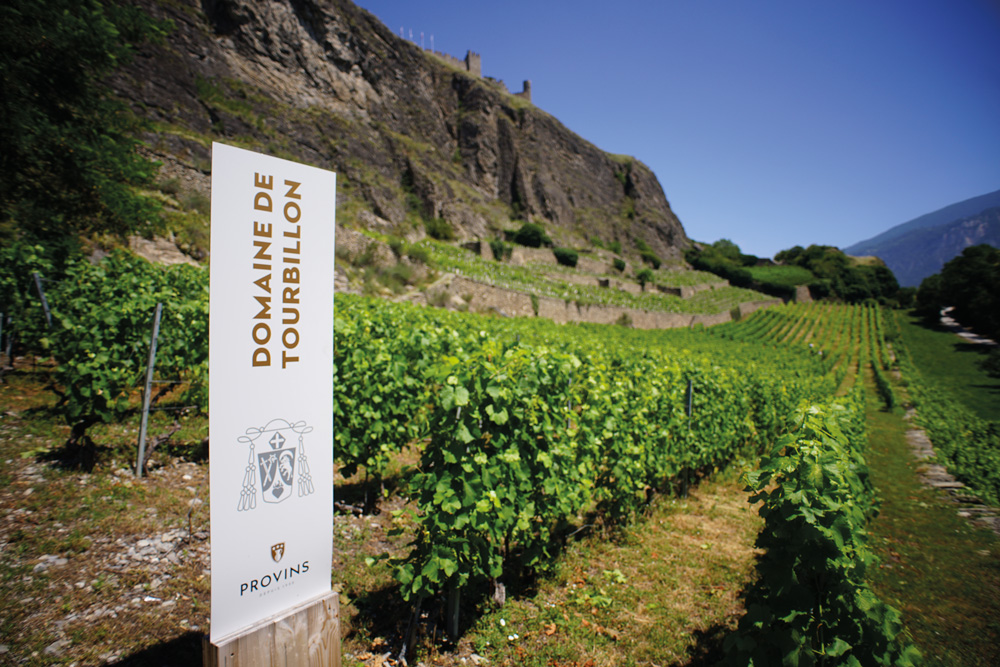Let us take you on an adventure into lands unknown with fresh grapes to quench your thirst with. We explore new and newly delineated wine growing regions that are charting their own styles and winning over fans.
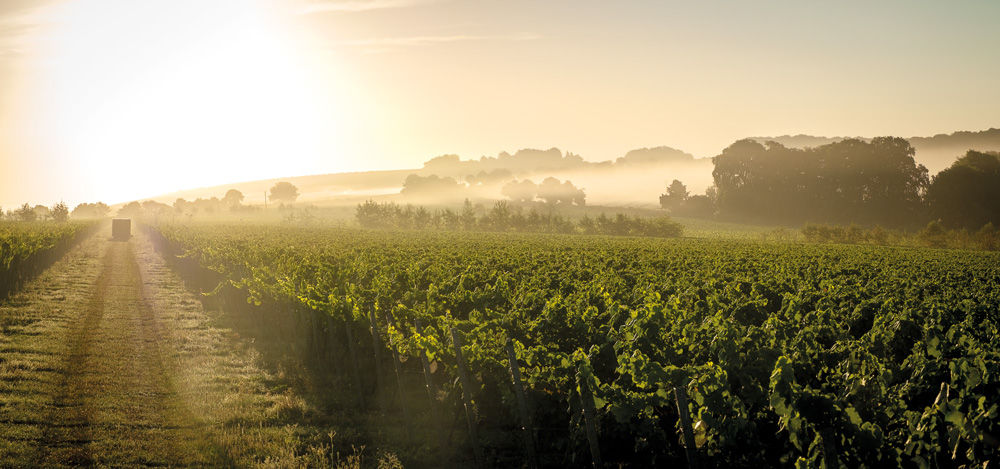
Once upon a time, vinophiles were characteristically divided into Old World and New World wine drinkers. Strictly geographic, these distinctions referred to the traditional winegrowing areas in Europe and everywhere else, respectively. Today, style is the most common denominator in deciding what you want to drink – whether an ‘Old World’ style Pinot Noir with lighter body, herb and mineral nuances, or a ‘New World’ style Pinot Noir with fruity, full-bodied extraction, for example. But these are not necessarily made in their traditional territories anymore, and the new generation of wine drinkers is increasingly looking around for novel experiences.
Dr. Jackie Ang, founder of Cherwell Wine & Spirits consultancy and a Stage 2 Master of Wine candidate, explains why his fellow millennials might be more willing to look beyond the beaten track. He says, “New, up and coming regions often have unique local grape varieties, different from the norm with flavours not found in international varieties. And there is also the ability to explore the terroirs not seen in classic regions – for instance, extreme viticulture in Salta or Patagonia, or volcanic soils in Etna and Basilicata.” Ang also points out that younger drinkers may find better value in these wines, as lesser commercial demand means they generally don’t yet command the higher prices of established grapes or regions.
As a wine educator, he is also encouraged by the increasing levels of knowledge and curiosity displayed by new wine drinkers. This is echoed in the way winemakers are seeking out new regions, driven sometimes by lower cost but mainly by global warming. Ang sees that even the largest companies, such as LVMH in Yunnan or De Martino in Chilean Patagonia, are moving into fresh regions – an investment that will take several decades to establish results.
He expounds, “Many winemakers want to find new, cooler spots to plant existing varieties for making quality wine. This is especially true in the New World, where the notion of terroir is not as deep-seated and winegrowers are much more willing to experiment with new regions. In Sussex, climate change means grapes ripen every year now, producing lively wines with sharp acidity, making for a very refreshing style. In Styria, top quality Sauvignon Blanc is made in a style closer to the Loire than Marlborough, but will it be competitive in Singapore where large amounts of Marlborough wines are available at accessible prices?”
It’s clear that novelty value alone won’t bring a wine region to prominence; there’s a large range of factors from accessibility and drinkability to buzz and even celebrity appeal. We scour the world for five regions you should know now, and which bottles to stock your wine cabinets with to stay ahead of the trends.
Steiermark (Styria), Austria
When you think Austrian white, you’d likely think of the country’s superlative Grüner Veltliner or Riesling. Yet down south, where the rolling hills of Austria meet Slovenia, a Sauvignon Blanc revolution has been underway for a couple of decades. At the Concours Mondial Du Sauvignon, an international competition based on Sauvignon Blanc, Steiermark bottlings have often grabbed the spotlight away from more famous regions such as the Loire Valley or Marlborough. Among them is Walter Skoff, who received the highest award, the Denis Dubourdieu Trophy for his Kranachberg Sauvignon Blanc 2015.
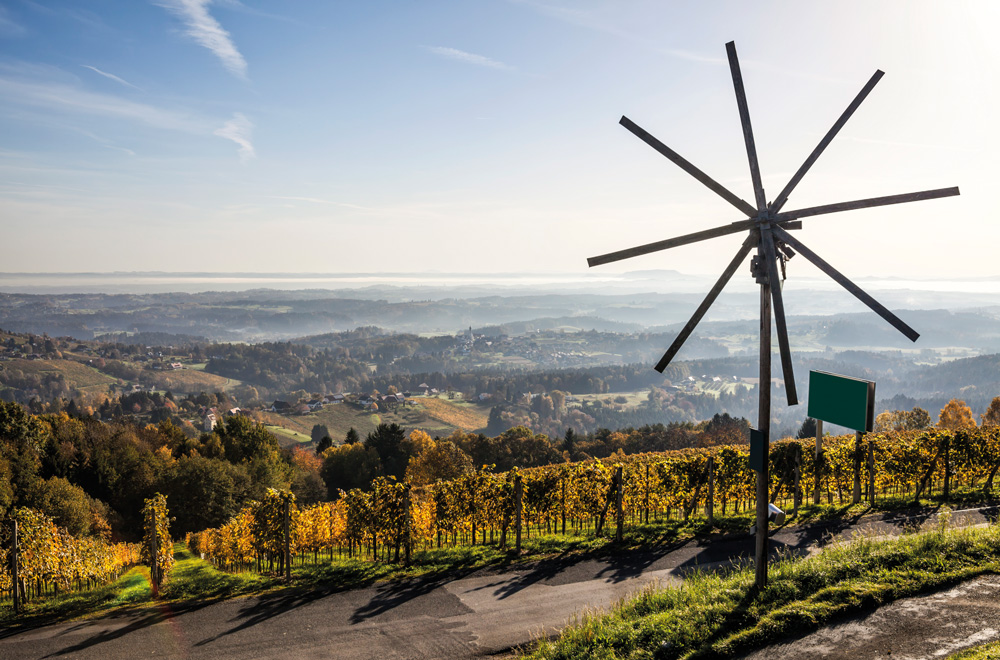
The grape was originally introduced to the region in the 19th century by archduke Erzherzog Johann as Muskat-Sylvaner, which was confusing as it was neither Muscat nor Sylvaner. Between 1999 and 2015, plantings of Sauvignon tripled, thanks to its quality and ageing potential in the Steiermark. As of 2018, a new era was ushered in as all three of Steiermark’s wine growing regions have been designated DAC (Districtus Austriae Controllus, or protected Austrian declaration of origin): Vulkanland Steiermark DAC, Südsteiermark DAC and Weststeiermark DAC. From this year, you’ll see wines from these regions arranged on three levels: Gebietswein (regional wine), Ortswein (local or ‘villages’ wine) and Riedenwein (single-vineyard wine).
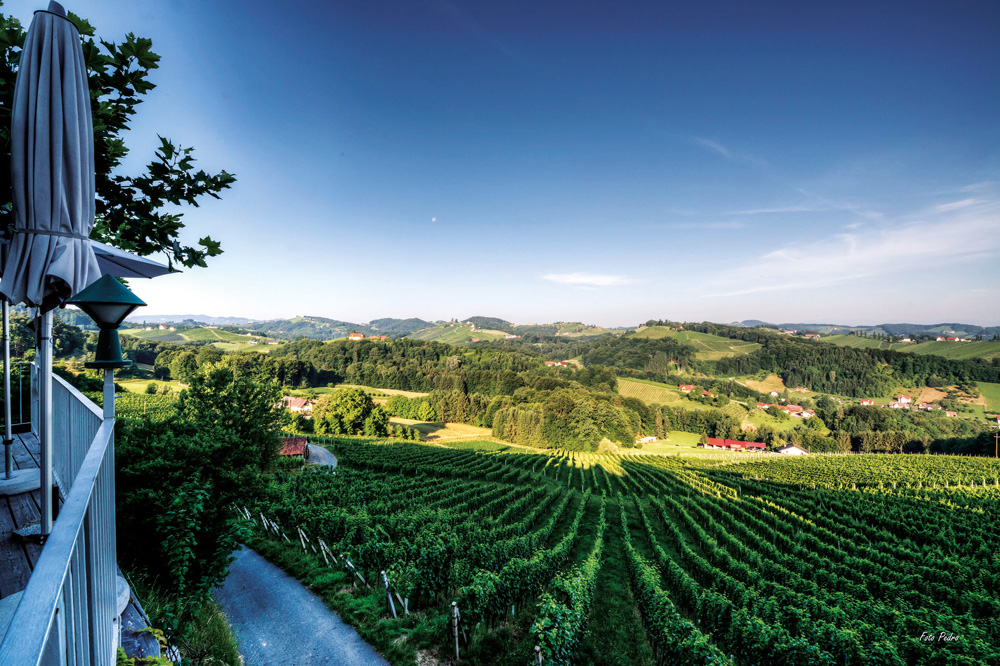
Rueda, Spain
A two-hour drive from Madrid reveals a landscape more akin to a desert than a thriving viticultural region, but you know you’re in Rueda when patchworks of green vines dot the otherwise sunbaked ruta del vino (wine route). Wine production dates back centuries, but its modern history is much younger – it was the first approved Designation of Origin (D.O) in Castilla y León in 1980, and its claim to fame is the ancient varietal of Verdejo. Wines labelled Rueda must comprise 50% Verdejo, while Rueda Verdejo must contain minimum 85% Verdejo.
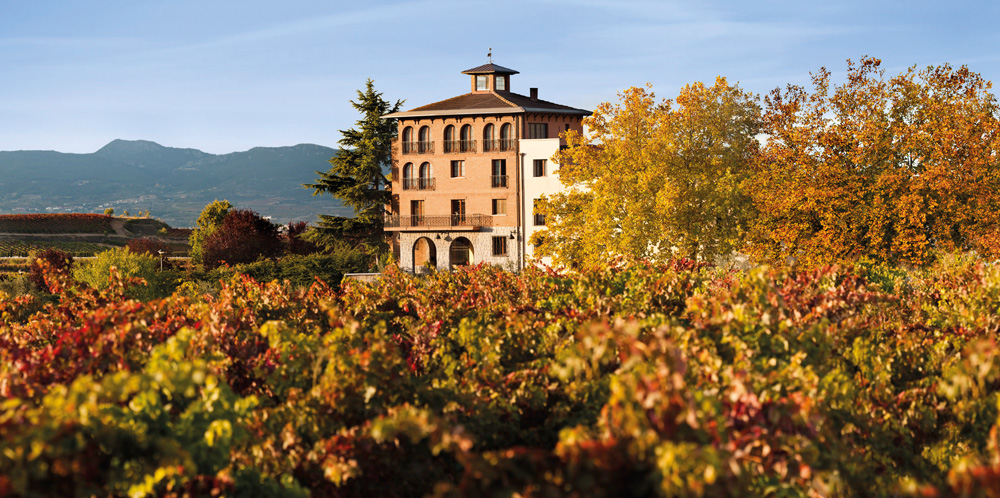
Of the 70 old and new wineries operating today, Beronia Wines is an expansion from Rioja where they first started. After a year-long search for terroir in the mid 2010s, they established two plantations, El Torrejón and La Perdiz, to create a unique coupage of wine from two harvests. By combining an earlier harvest showing more herbaceous aromas together with a later harvest that offers up ripe stone fruit, the blend reflect the myriad traits of Verdejo.
The move paid off when Beronia Rueda 2016 was awarded both Gold Medal at the Concours Mondial de Bruxelles and the 2016 Vintage Bacchus award. Verdejo is Spain’s top-selling white wine for a reason; it is excellent with food, with structure that rivals Chardonnay, while its freshness makes for a favoured thirst-quencher, with as much aromatics as a Sauvignon Blanc or Pinot Gris.
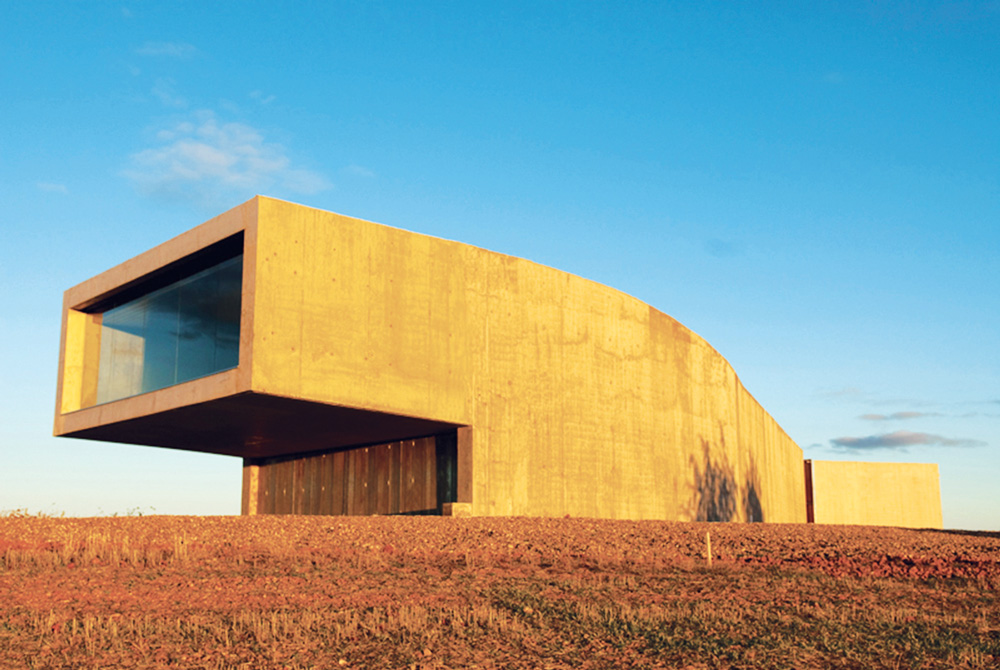
Geelong, Australia
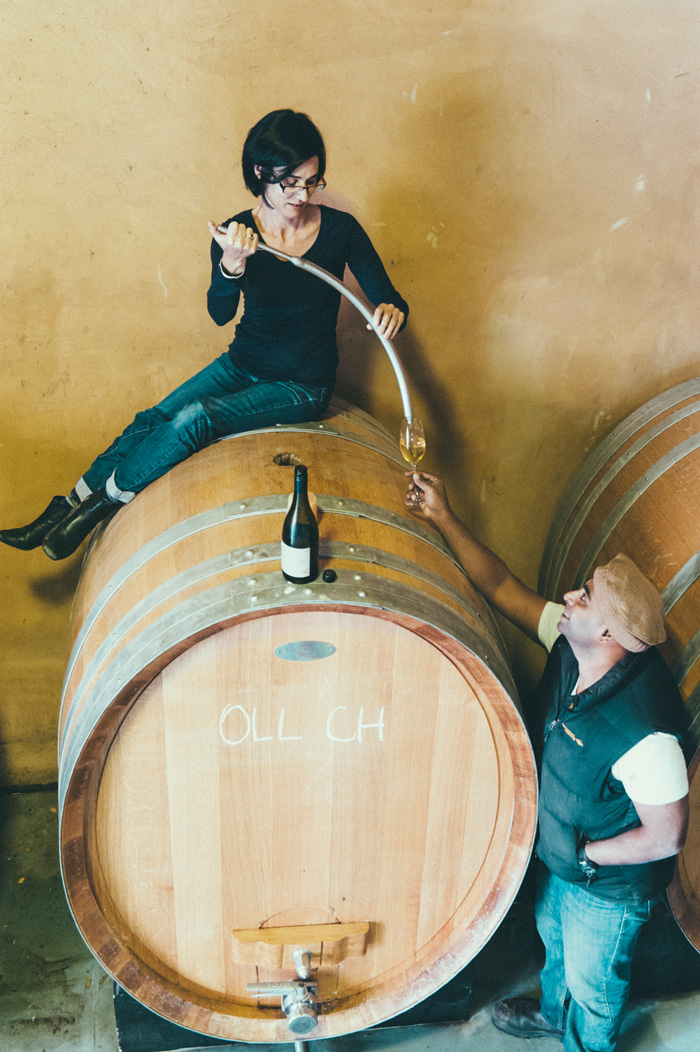
Just a one-hour drive from Melbourne is the fiercely independent and family oriented wine region of Geelong, divided into three diverse sub-regions – the Surf Coast, the Moorabool Valley and the Bellarine Peninsula. Wine was produced by Swiss vignerons in the 1840s, making it a centre of wine production in Australia until an outbreak of phylloxera louse in 1875 decimated the local industry for the next 100 years.
It was only in the 1960s that entrepreneurs began to explore winemaking in Geelong again, and this time, they have become known for their world class Pinot Noir, Shiraz and Chardonnay, similar in profile to neighbouring Mornington Peninsula. Unlike the tonier Mornington, however, Geelong is entirely family owned, comprising 60 wineries, 150 vineyards and 40 cellar doors. Oakdene Winery’s Upside-Down House, Provenance Wines’ beautifully restored paper mill factory cellar door and Yes said the Seal wines located at the Flying Brick Cider House are just some of the destinations worth spending the day at, unless you prefer to taste through the region under one roof at the 2019 Geelong Wine Show in October.
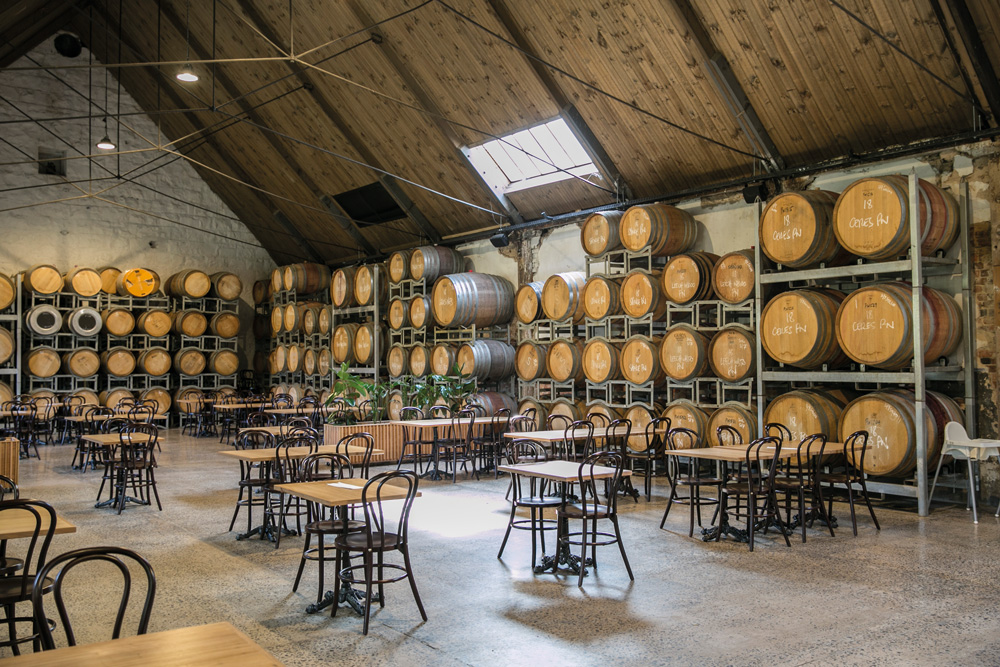
Sussex, England
If your only reference to this region is the current Duke and Duchess of Sussex (also known as Harry and Meghan), then consider this your insider tip of the year: Sussex is home to sparkling wines that aim to topple Champagne as the bubble du jour.
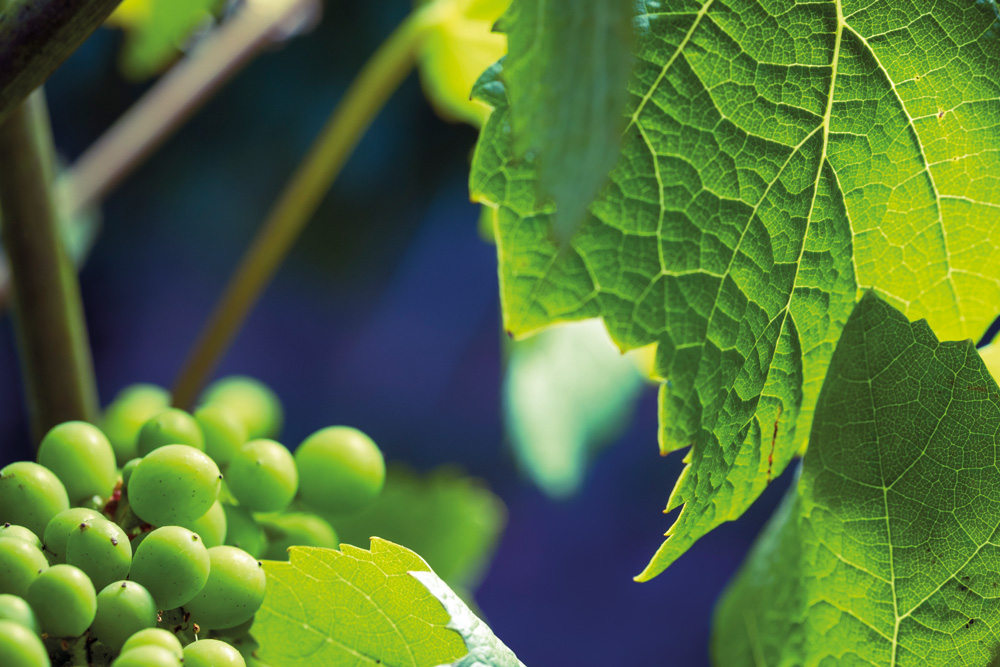
Up until a decade ago, winemaking in England could be a precarious endeavour, as its terroir – just a couple of latitudes north of Champagne – was on the colder side, making it difficult for grapes to ripen. For sparkling winemakers, the decision to plant Chardonnay, Pinot Noir and Pinot Meunier in the late 1980s and early 1990s seemed like folly – but it paid off as global warming has enabled warmer Septembers to harvest these grapes at optimal ripeness, while some parts of Champagne are now ripening too quickly. Sussex has one of the largest clusters of vineyards in the U.K., with over 700 hectares and thirty wine producers. Since 2015, efforts have been underway to apply for the EU’s Protected Designation of Origin (PDO) status, which guarantees authenticity and origin of products.

Valais, Switzerland
Just 2% of Swiss wines leave the country, and more than half of its production come from the Valais region. Most of its vineyards line the banks of the river Rhone, enclosed on both sides by steep mountains dotted with ski resorts – in fact, some of the highest vineyards in Europe are here at 1,000 metres above sea level.
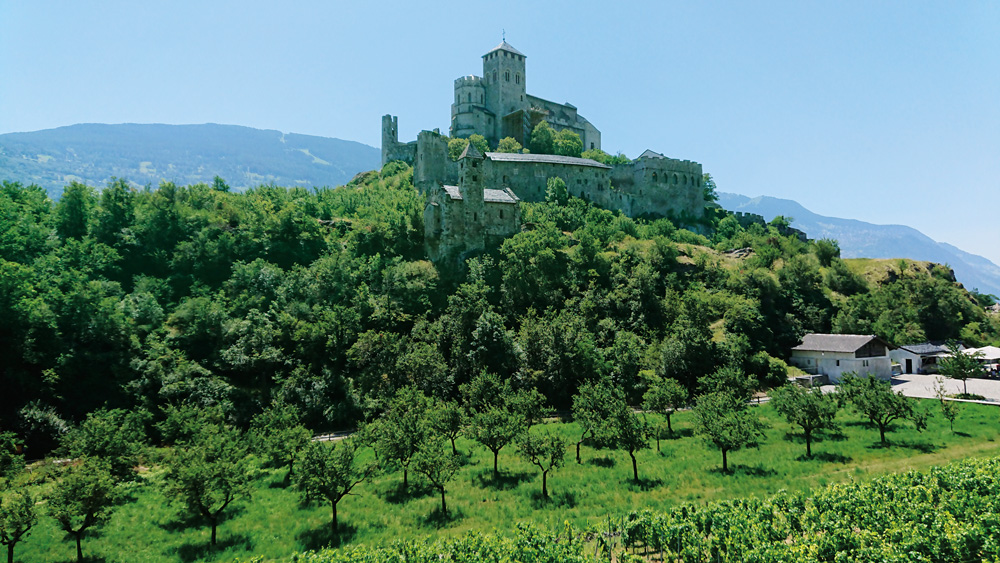
As it’s not part of the European Union, Switzerland isn’t answerable to European wine law and has its own wine appellation contrôlée system. This can lead to some notoriety, such as in 2017 when the Valais cantonal government decided to allow Valais winemakers to mix up to 10% of other Swiss AOC wines due to frost damage. In fact, according to Jancis Robinson, Swiss winemakers were allowed to blend imported wines with their own up till 2006 when the practice was banned. For new drinkers of Swiss wines, perhaps the more immediate challenge is getting to know the almost 70 native varieties of grapes, most which you won’t taste elsewhere. Gouais Blanc (Gwäss), saved from extinction is said to be one of the parents of Chardonnay, Riesling, Gamay Noir, Colombard and Furmint, certainly earning its ‘Casanova’ reputation.
